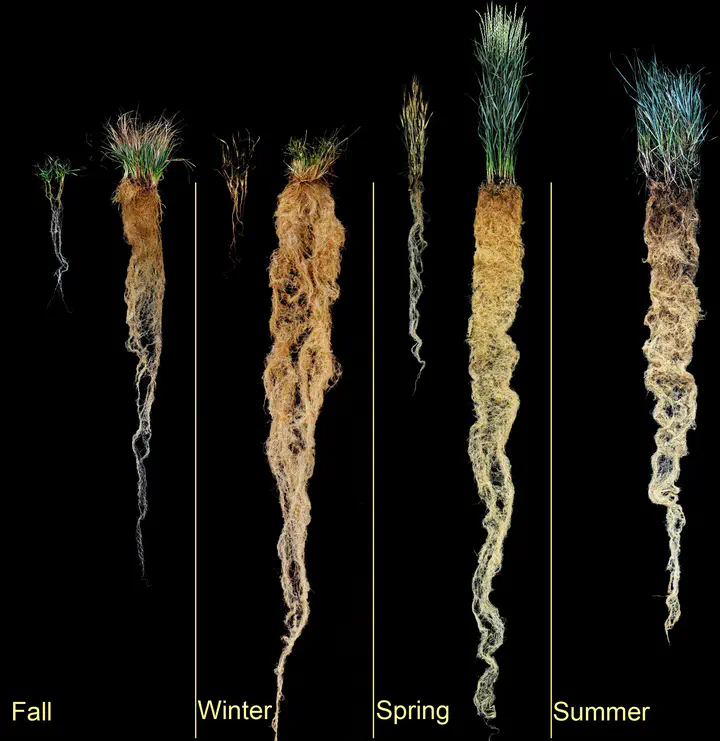
Abstract
For millennia, agriculture has been shaping landscapes on Earth. Technological change has increased agricultural productivity dramatically, especially in the past six decades, but also resulted in trade-offs such as land and soil degradation, emission of greenhouse gases (GHGs), and spreading of toxic substances. In this article we review the impacts of agriculture on the world's arable land. We start by synthesizing information on the extent of arable land and associated agricultural practices, followed by a review of the state of the art of soil health and soil carbon. We review processes of land degradation, emission of GHGs, and threats to biodiversity. To conclude, we review key social and economic aspects of arable land and identify some important concerns for the future. The article ends on a positive note describing a potential new pathway for agriculture—to gradually adopt polycultures of novel perennial grain crops.